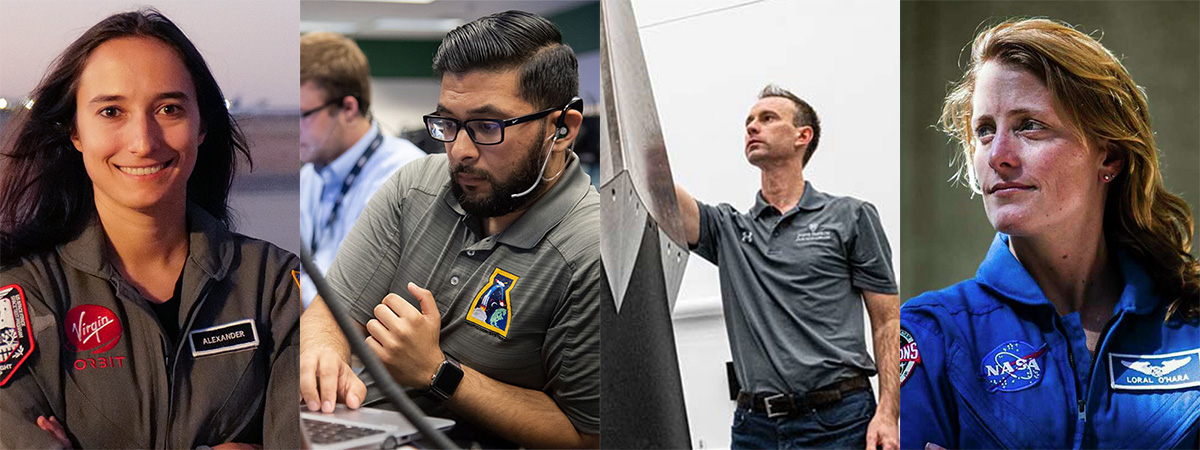The School of Aeronautics and Astronautics at Purdue University

Our Reputation for Aeronautical and Astronautical Engineering
- No. 5 undergraduate program in U.S. (U.S. News & World Report)
- No. 6 graduate program in U.S. (U.S. News & World Report)
- No. 11 aerospace program in world (ShanghaiRanking)
Our Faculty
- 44 tenured/tenure-track faculty
- 15 courtesy faculty
- 4 visiting faculty
- 1 lecturers
- 1 research faculty
Our Research
-
We're home to the largest academic propulsion lab in the world. We lead the world in research in rocket propulsion with the best experimental facility in the U.S.
-
We're a world leader in laminar-turbulent transition in hypersonic flows. We have one of the three best hypersonic tunnels in the world, with laminar nozzle-wall boundary layers and low noise comparable to flight.
-
We lead the world in Earth remote sensing based on the reuse of satellite transmission.
-
Our Aerospace Systems faculty lead FAA Centers of Excellence and conduct large-scale research programs for U.S. Department of Defense and NASA and also have an ITAR research program led by 2-3 professional research staff.
-
We have a Systems, Network and Control group with focus on autonomy and intelligence of multi-vehicle systems. Their research is applied to to UAS, large air traffic control, cyber-security, and multi-agent coordination.
School Overview
The field of aeronautical and astronautical engineering includes the challenging problems encountered in the design and operation of many types of aircraft, missiles and space vehicles and puts a constant demand on research and development groups for an even better understanding of basic physical phenomena.
Aeronautical education has existed on at least a small scale at Purdue University since about 1920. Aeronautical Engineering degrees were first offered at Purdue by the School of Mechanical and Aeronautical Engineering during WWII, and the first B.S. degrees were awarded in 1943. The School of Aeronautics was established as a separate entity on July 1, 1945.
The aeronautical and astronautical engineering curriculum concentrates on the fundamental subject areas necessary to the research, development, design and operation of the aerospace industry. The curriculum is designed to emphasize the disciplines of aerodynamics, aerospace systems, astrodynamics and space applications, autonomy and control, propulsion, and structures and materials. It further provides design courses to integrate these disciplines into the design of flight vehicles that will perform the required mission.
We’re carving firm footholds in every technical area related to aerospace engineering and working to amplify our impact in each, whether it be safe, efficient and sustainable air transportation; exploration of and access to space; maintaining defense and security; or using aerospace to facilitate new opportunities.
